The content of the article
Sweet and fragrant halva is loved by adults and children. It consists of natural, affordable ingredients and is sold in almost all the confectionery departments of supermarkets. Women during breast-feeding, many products, especially sweets, are contraindicated. However, halvah senior women - mothers and grandmothers, advise their daughters. They say that this delicacy will make milk tasty, nutritious and healthy. But the doctors on the contrary do not recommend it, and they say that halva is an allergen. So which of these is true?
What is halva?
Halva - a sweet dessert from the Middle East, is the favorite sweet of many. The authorship of this dish belongs to the Arabs, and is translated from Arabic as “sweetness”. For its preparation there are a large number of recipes. Usually it is made from seeds or nuts.
In eastern countries, it is most often prepared from sesame seeds, such halva is called tahini. It has a light color. In the CIS countries, halva is prepared from sunflower seeds, for the reason that this raw material is very common. In addition to sunflower, peanuts or pistachios can be used to prepare this treat.
Raw materials for cooking are finely ground to a pasty state. Sugar and other ingredients are added to the paste. The original recipe requires the addition of honey, but it is used only for home halva. On an industrial scale, other sweeteners are used, for example, molasses or caramel mass. With the help of these substances, the very layered texture of goodies is formed, for which residents of the East and neighboring countries love it. For foaming, ingredients of natural origin are used: licorice root, marshmallow, soap nut. If natural ingredients were used to make halva, then it is completely safe and even useful for breastfeeding women.
What is useful halva?
Doctors are mostly categorical about eating halva by nursing mothers. It is not recommended for women at this time, since its components can cause allergies in the child. Nevertheless, if halva is not abused, then an individual reaction in a baby is unlikely to occur. And also, the main raw materials of halva are nuts and seeds, which are extremely useful.
- Sunflower seeds. A very popular product in Russia and Ukraine. And all because they contain a lot of useful substances. They contain many B and E vitamins, fatty acids, and minerals are also present: phosphorus, copper, selenium. By its useful composition, sunflower seeds are no worse than red fish, only more available in every sense.
- Sesame seeds. They are the basis for many dietary dishes. Originally from India, where they are considered healing in the countries of the east. Sesame is extremely rich in calcium, so this product is its main source for vegetarians. By the way, calcium is found in sesame up to 975 mg per 100 grams. In addition, it has many antioxidants and vitamins that are beneficial for women.
- Peanut Beans. More recently, peanuts were categorically contraindicated in lactating women, and all because it was considered too allergenic product. However, more recently, American scientists have proven its safety. And the benefits of peanuts are undeniable. It is rich in vitamins A, D, E, nicotinic acid and minerals: magnesium, copper and calcium. And therefore, the use of peanuts in food helps to strengthen the nervous system, improve skin condition and even memory. If you eat peanuts daily, this will help increase the body's defenses.But after heat treatment, its beneficial properties are lost. In combination with other products, it is really capable of provoking an allergic reaction.
- Pistachios. In the East, pistachio trees are called the "tree of life", and the Persians considered them to bring wealth. They have high nutritional value and are rich in fatty acids. These very high-calorie nuts - 640kcal / 100g, contain a lot of fiber and healthy (long) carbohydrates. Pistachios contain vitamins A, B and E, as well as minerals: copper, manganese and phosphorus.
- Almond. Almond halva has the least calories 560kcal / 100g of product. Moreover, its composition contains a lot of magnesium and potassium, which are important for muscle fibers. In addition, it is rich in vitamin D, which is indicated for the baby and nursing mother. It helps to maintain the health of teeth and bones in women, and is also necessary in the infant's diet for the prevention of rickets. In addition, it contains vitamins of group B, F, vitamin PP or nicotinic acid.
When wondering whether it is possible to enjoy halva during breastfeeding, one must take into account that a treat is useful, unlike synthetic confectionery. Halva components are natural and saturated with the necessary substances.
Attention! Contrary to misconception, the use of halva in food does not contribute to increasing the fat content of breast milk. The diet of a nursing mother does not affect the fat content in it. The percentage of fat in milk varies at an instinctive level by the female body. It depends on the current needs of the baby and is in the range of 3.5-4%. Products consumed by a woman in no way affect these indicators.
Halva use by a nursing woman:
- improves mood and helps to get out of depressive states;
- improves lactation;
- helps fight fatigue and helps restore the body;
- contributes to the stabilization of digestive processes;
- improves blood circulation;
- normalizes the nervous system;
- Helps to improve the condition of the skin, nails and hair.
Halva for breastfeeding
According to Natalia Razakhatskaya, a breastfeeding specialist, halva should be considered a beneficial product. However, it is quite high in calories, so it does not need to be abused.
In order to receive benefit from halva, and not harm, it is necessary to adhere to such recommendations:
- Observe the baby’s reaction. First use should be minimal. It is worth eating a small amount of halva, not more than 30 g, and during the day to observe the reaction of the child. This will help to understand whether mom should diversify the diet with this dessert during breastfeeding. If the baby does not become anxious and skin reactions do not occur within 24 hours, then you can continue to use halva, otherwise you will have to refuse yourself an oriental treat. The experiment can be repeated in 1-2 months.
- Do not abuse. The role is played by an important rule - "everything is good, in moderation." In order for the product to be beneficial, it must be eaten in moderation, no matter how useful it is. If a nursing mother eats a little halva daily, this will bring nothing but good. However, a large amount of product, eaten once, can cause an individual reaction not only in the baby, but also in the woman herself.
- Use only high-quality halva. Undoubtedly, the product must be fresh in order to be beneficial. But the main requirement is its naturalness. To do this, you need to familiarize yourself with the composition. If foreign components are present in it, in addition to protein mass, molasses and soap root, you should not buy such halva. It is they that can cause side effects from its use.
Attention! Allergy is an individual reaction of an organism of a particular person to a particular product.There is even a reaction to a substance that is not considered an allergen. The intensity of manifestations of individual intolerance depends on many factors.
Halva from sesame seeds, pistachios, sunflower seeds when breastfeeding will bring only benefit in limited quantities. The presence of dessert in the diet of a young mother will contribute to a good mood and enrich the body with useful substances. If the child does not have individual reactions, then it can be included in the diet of a lactating woman. If the baby somehow reacts to the use of halva by the mother, then it needs to be excluded for some time.
Video: is it possible for a sweet nursing mother?

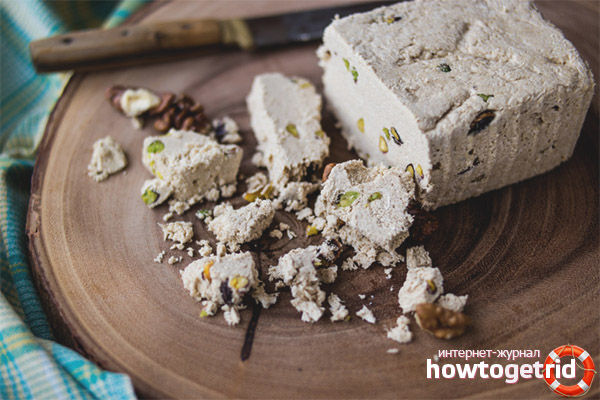
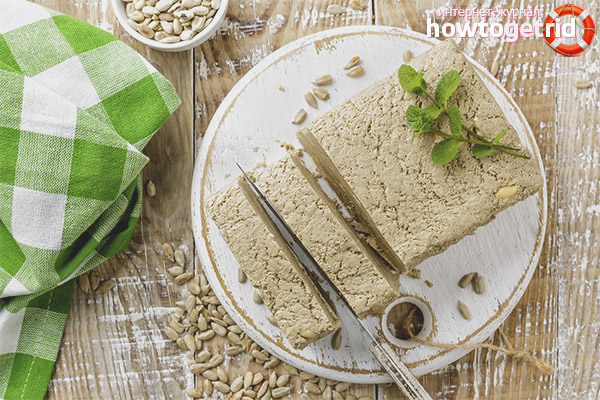
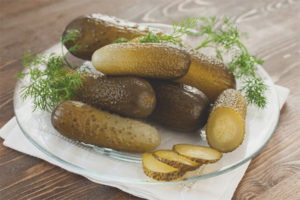
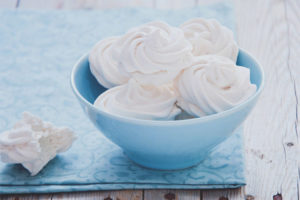
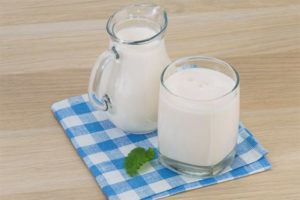
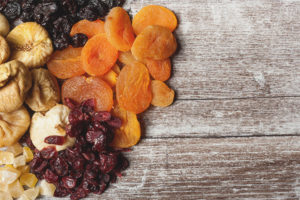
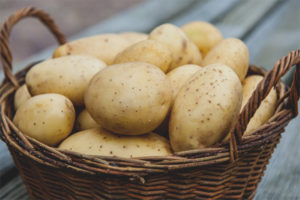

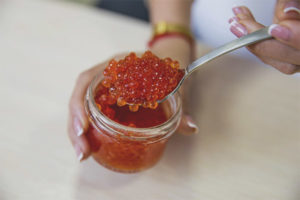
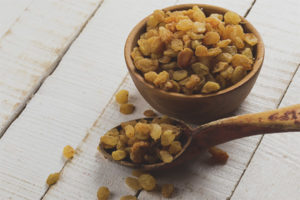
Submit